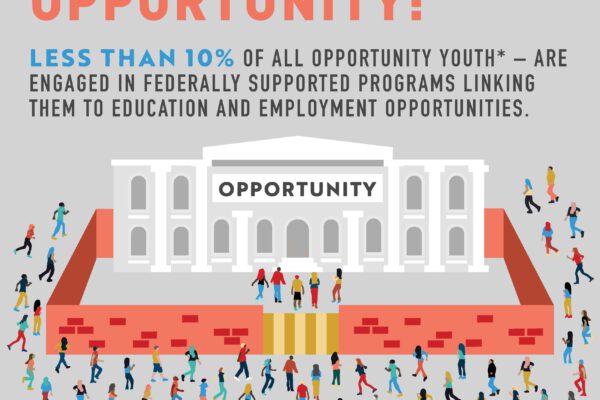NLRB’s Columbia Decision: What Does it Mean and Where Do We Go From Here?
The National Association of College and University Attorneys (NACUA), with the support of ACE and the Association of American Universities, has scheduled a webinar Sept. 21 to discuss the National Labor Relations Board’s (NLRB) recent decision to allow certain students to unionize.
The 3-1 ruling was in response to a petition filed by the Graduate Workers of Columbia-GWC and the United Autoworkers Union, which has been seeking to represent graduate student assistants at Columbia University (NY). It held that both graduate and undergraduate students who work as teaching or research assistants at private colleges and universities are employees and thus, eligible to organize and bargain.
The webinar will focus on how colleges and universities can prepare now for increased union activity in the future, and how bargaining with students differs from other types of collective bargaining.
For more information and to register, see the NACUA website.
If you have any questions or comments about this blog post, please contact us.

